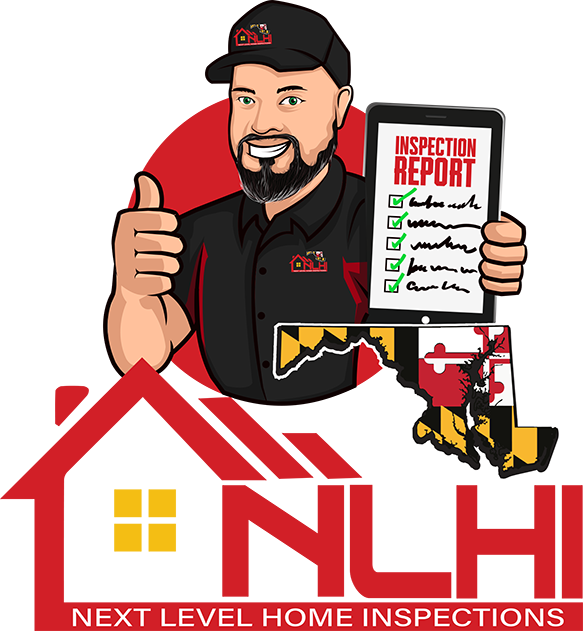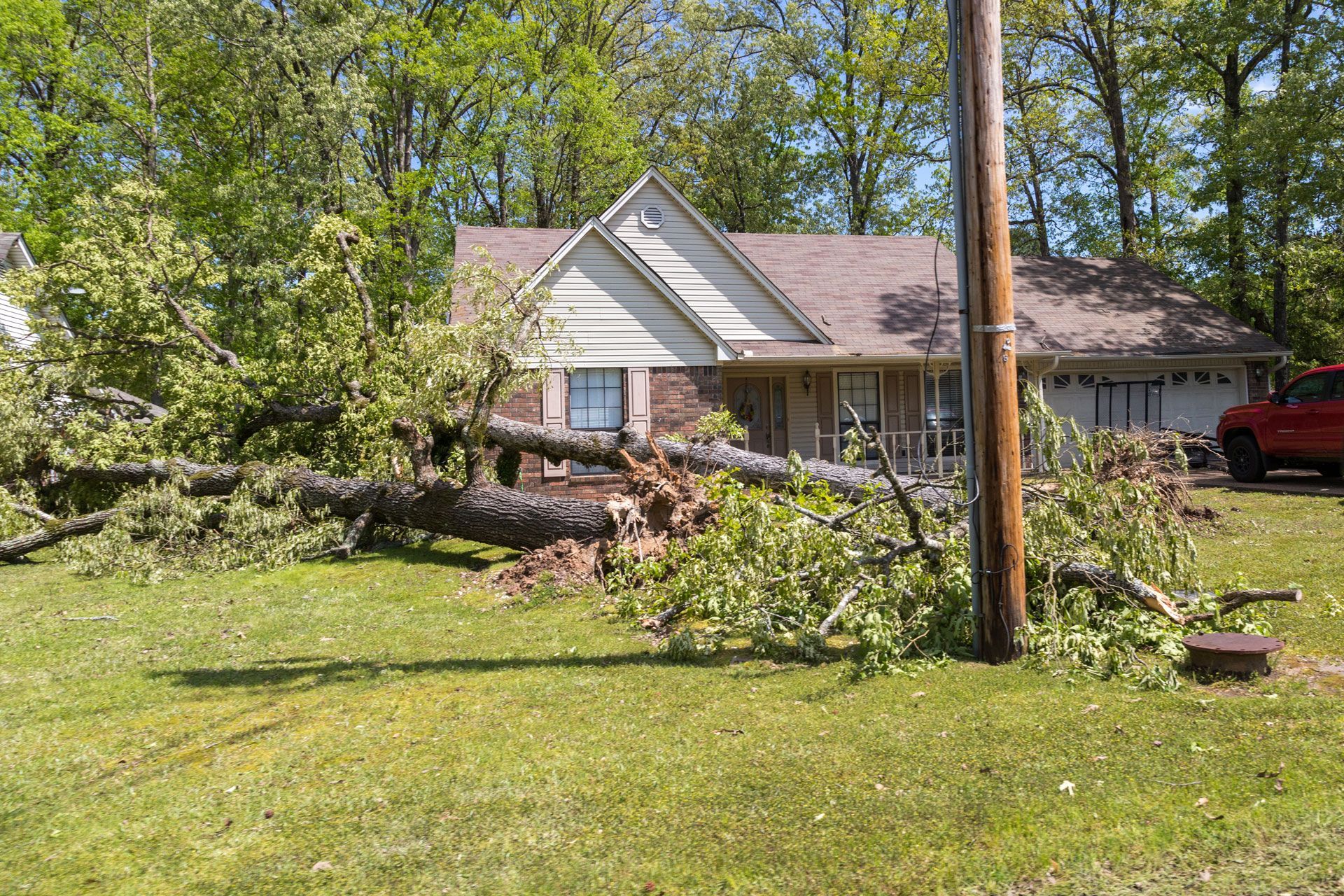Post Storm Inspection
Post Storm Inspection Services in Maryland
A "post-storm inspection" is a specialized type of home inspection that is carried out in the aftermath of a major storm such as a hurricane, tornado, or hailstorm that has moved through an area. The inspection is being done in order to ascertain the full extent of any damage that may have been caused to the house as a result of the storm.
The following is a comprehensive breakdown of what to look for during a checkup after a storm:
To begin, select a trustworthy home inspector.
A home inspector who is qualified and experienced in storm damage assessment ought to perform the post-storm checkup. The inspector needs to have previous experience inspecting properties for storm damage, in addition to a license and insurance coverage for their business. Before selecting to engage an inspector, it is prudent to do research into their history, particularly their prior clients.
Second, schedule an appointment for the inspection.
After the storm has passed, the homeowner should immediately give the inspector of their choice a call to set up the post-storm inspection. This will make it possible to do a speedy assessment of any damage and remediation, hence reducing the likelihood that more issues would arise.
Step 3: Conduct an Exterior Inspection of the House
The first thing that an inspector does when they go to a house is check at the outside to see if there is any damage that is immediately noticeable. Roofing materials such as shingles and tiles, in addition to the siding and windows, must to be inspected for any signs of damage or loss.
The next step is to investigate the interior of the home.
The following thing that the inspector will do is examine around the interior of the house for any indications of damage. In order to properly estimate the extent of the water damage, you may need to search for leaks, inspect the ceiling for discoloration or cracks, and check the walls for damage.
Fifth, have a look at the HVAC system (heating, ventilation, and air conditioning).
Additionally, the heating, ventilation, and air conditioning (HVAC) system in the house will have its condition evaluated by the inspector. It is essential to carry out these steps in order to avoid malfunctions and other possible threats to safety.
Check for any issues with the plumbing as the sixth step.
The plumbing system will also undergo an inspection by the inspector to look for any signs of damage or leakage. In this context, "this could involve" refers to the process of inspecting the water heater as well as the pipes for any signs of damage or leaks, and then replacing either component if required.
Step 7: Investigate the Findings of the Inspection
Following the completion of the inspection, the inspector will provide the homeowner with a detailed report that discusses any deficiencies or issues that were identified. It's possible that the report will include recommendations for repairs or upkeep as well. In order to make sense of the issues and determine what kinds of maintenance or repairs are required, the homeowner needs to carefully read over the report.
Fix the issues that were pointed out in the report, which is the eight step.
After determining the source of the issues, the homeowner is responsible for assigning a priority to the necessary maintenance and repairs. As soon as humanly possible, repairs ought to be made to any significant issues that put the home's livability, structural soundness, or safety at risk. The homeowner is responsible for repairing any minor issues that may arise and make it difficult for the family to use the home.
(Step 9) Have a conversation with the insurance company.
It is the responsibility of the homeowner to engage with their insurance provider to make a claim for storm damage and ensure that any necessary repairs are covered. It is possible that the insurance company will want an inspection report in order to determine the extent of the damage and make a settlement offer.
What a checkup after the storm may do to help you recover
After a storm, homeowners should arrange an inspection for a number of different reasons, including the following:
The sooner damage caused by a storm is discovered, the sooner it is possible for repairs to be completed, and the sooner a home is no longer a hazard.
An inspection performed after a storm can help ensure that the dwelling is safe for the family that resides there.
An inspection after a storm can help a homeowner protect their financial investment by pointing out any problems that could lower the value of their home or prevent it from being resold after the storm has passed.
If a homeowner takes immediate action to repair any damage caused by a storm, the cost of the necessary repairs may be reduced.
Next Level Home Inspections is a family owned and operated business capable of providing full home inspections in Maryland that include radon and water testing as well as drone and thermal imaging.
NAVIGATION
Next Level Home Inspections is a family owned and operated business capable of providing full home inspections in Maryland that include radon and water testing as well as drone and thermal imaging.
NAVIGATION
LOCATION

